WORLD DAY
The texts are accompanied by custom-designed prototypes. Illustrations depict people and details of the narrated passages. Sister Veronica Donatello, responsible for the Pastoral Service: “These tools enable people with disabilities to actively take part in the liturgy and catechesis”

Jerusalem, represented graphically by its Golgota with three crosses at its summit. The face of Christ conveyed with an illustration of Christ Pantocrator in the cathedral of Monreale. Images as prototypes for communicating episodes from the Gospel to mentally disabled people, such as autistic children or children affected by cerebral palsy, contained in dedicated Catechetical pictorial-symbol texts. The project was developed by the department for the Disabled of the National Catechetical Office of Italian Bishops, now into its second stage and uploaded online today, marking the World Day of People with Disabilities. The initiative, completed over the past year, is the result of a months-long process that led to the creation of alternative augmentative communication (AAC) of passages from the Bible. For the most part it concerns parables, such as the Parable of the Sower, or episodes such as the entry of Jesus into Jerusalem on Palm Sunday, and the Last Supper.
The texts are accompanied by veritable prototypes, illustrations depicting people and details of the narrated selections.
 The first step of this work consists in the simplification of the biblical text by subdividing it into sequences and facilitating language comprehension. It is then transposed from the alphabetical phonographic code to symbols and pictograms. In this delicate phase, it became possible to create the new symbols with an intrinsic relevance in terms of biblical and catechetical content and metacognitive strategies.
The first step of this work consists in the simplification of the biblical text by subdividing it into sequences and facilitating language comprehension. It is then transposed from the alphabetical phonographic code to symbols and pictograms. In this delicate phase, it became possible to create the new symbols with an intrinsic relevance in terms of biblical and catechetical content and metacognitive strategies.
Experts in different areas of impairment and stakeholders formed a “Language Working Group” in order to develop this tool. Parents, teachers, biblical experts of the Biblical Apostolate, liturgists and pastoral workers worked together with them.
This concerted effort has already yielded a number of dedicated texts that extend the number of translated biblical passages. “We sought to establish a dialogue between different forms of communication with a view to inclusion, so that each person affected by a disability could access the Word of God,” said Professor Fiorenza Pestelli, a member of the National Group of Experts on Catechesis for People with Disabilities -. The idea was to enable the understanding of the biblical text through the creation of a communication platform between deaf and blind people and people affected by autism spectrum disorder, so that they could engage in dialogue despite their different disabilities.” The project was developed in collaboration with a number of dioceses with experiences in translating catechesis and biblical narrative content on an experimental level. “We want to offer these tools at no cost to facilitate active participation in liturgy and catechesis to people with disabilities,” remarked Sister Veronica Donatello, head of the Pastoral Service for People with Disabilities, and Fr Valentino Bulgarelli, director of the National Catechetical Office.
Removing architectural barriers is not sufficient for them to enter a church, nor displaying symbols and using pastoral tools; it is necessary for them to participate in the life of the community that becomes a genuine presence in the life of faith.”
Emphasis was placed, in particular, on the Gospels and the parables, because “they provide us with greater and significant concreteness to engage people with cognitive disabilities”, explained Maria Grazie Fiore, an expert in alternative augmentative communication. “Some of the graphics we used had already been codified by Arasaac, in other cases it was necessary to make some changes, as when it came to distinguishing the symbol of the apostles from the disciples, and especially in other cases, we devised specific prototypes to communicate a number of passages from the Bible.”

Similar tools were developed in the past years by the CEI Office for Catechesis of Disabled Persons, for persons with Sensory Disabilities and Autism Spectrum Disorders. The Gospel of Mark and part of that of Luke have in fact been translated into sign language, thanks to audiovisuals. Several tactile books on the parables and the period leading up to Easter have been produced along with an AAC code text to actively take part in the Holy Mass. From today, a special day for people with disabilities, the latter will be able to avail themselves of a new dedicated tool, for, as Pope Francis said on the occasion of the audience with the participants at the conference for disabled people promoted by the Italian Episcopal Conference in June 2016, “If you wish to receive communion, you must be prepared for it; if you do not understand this language, for example if you are deaf, you must be given the opportunity in that parish to prepare yourself with the language of the deaf.”